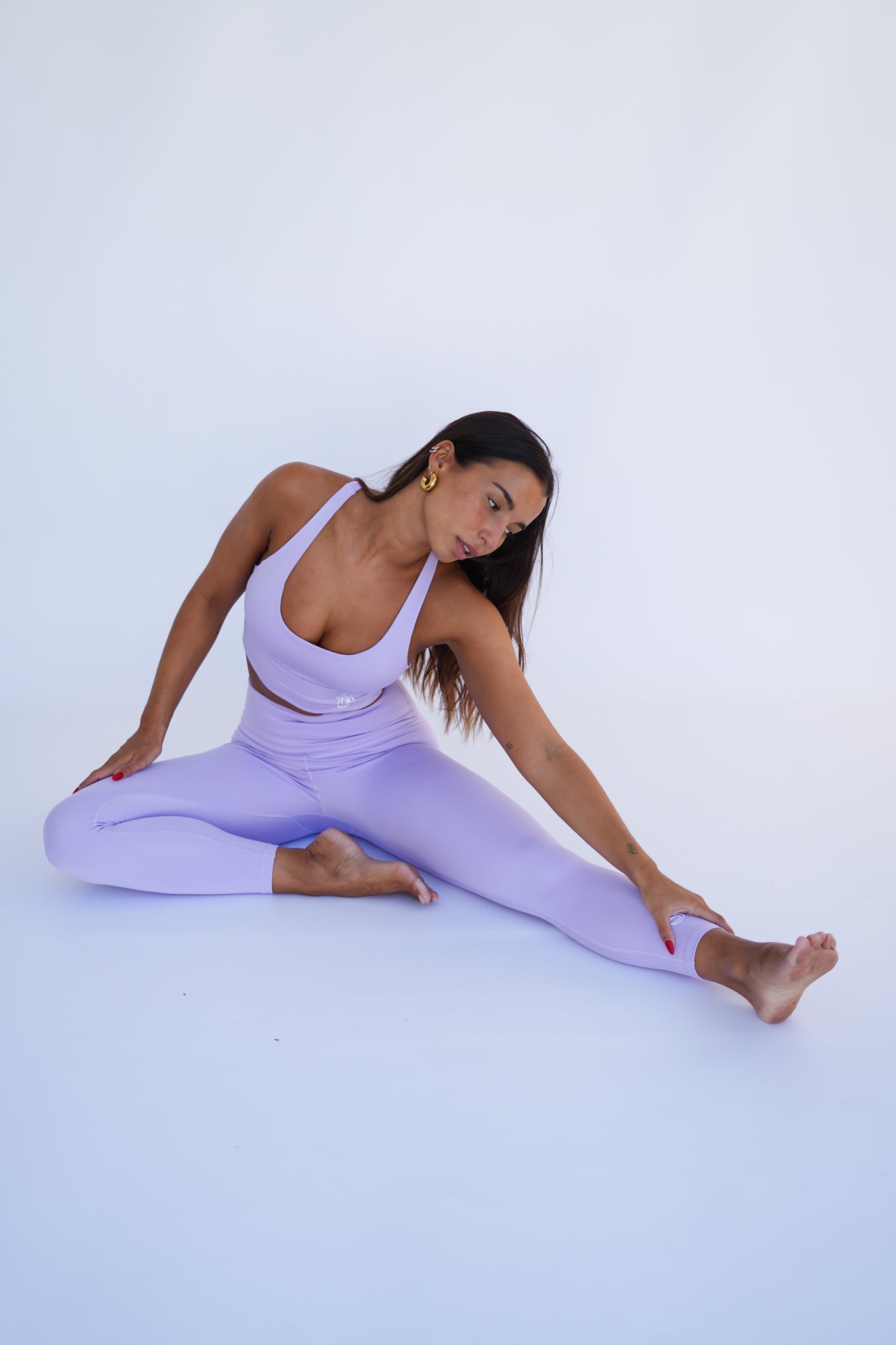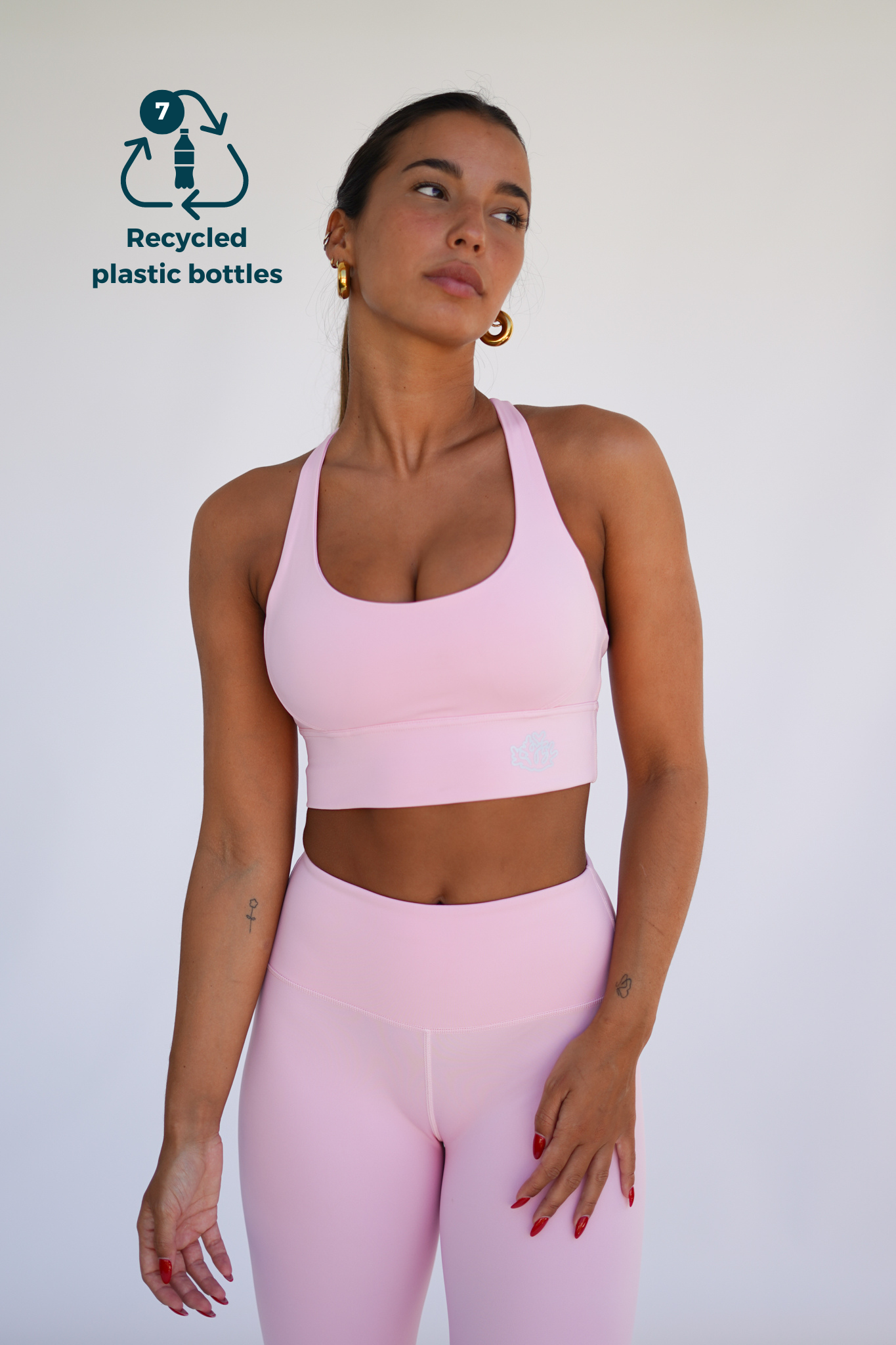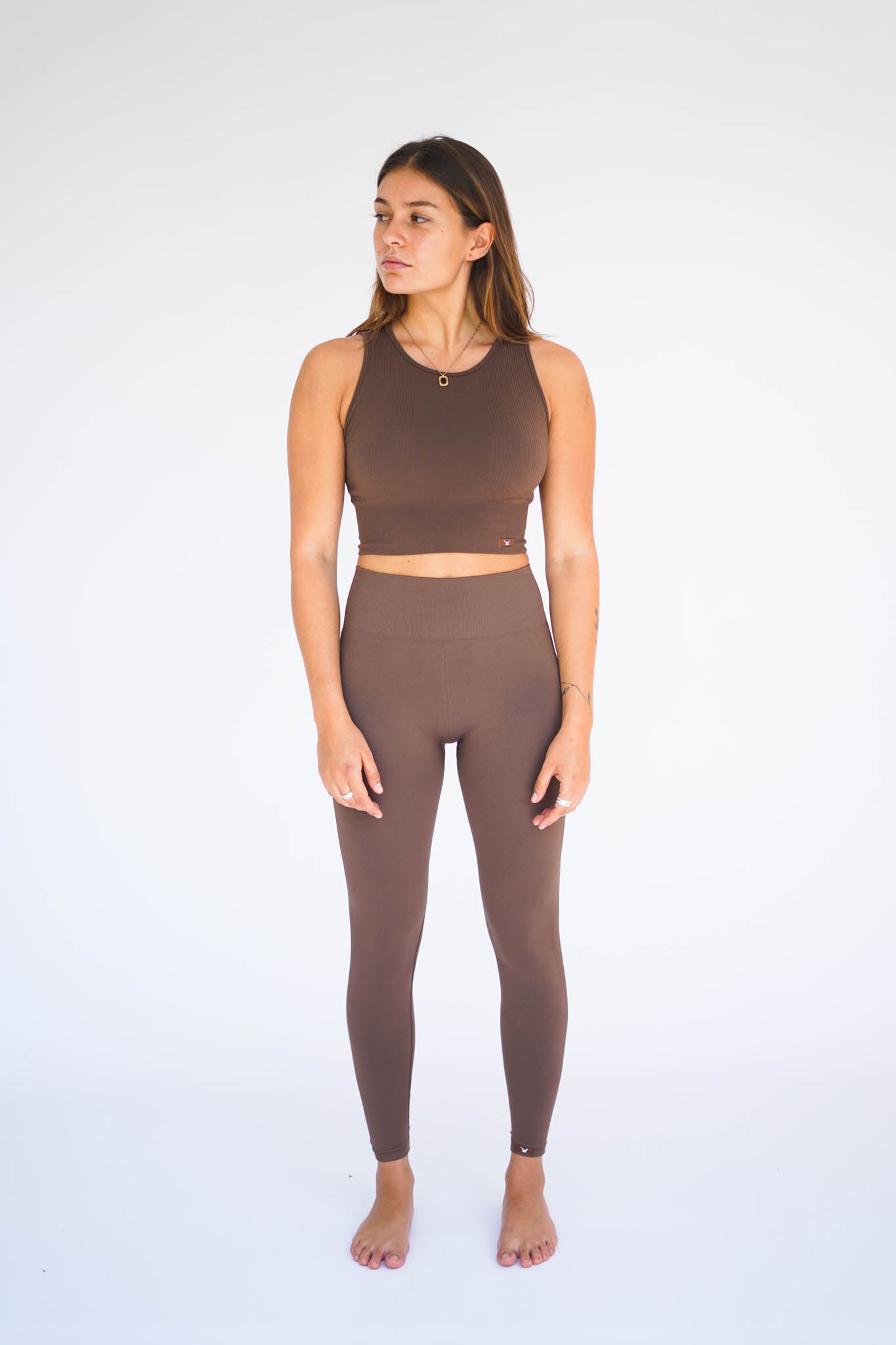
Aerial Yoga: What it is, How to practice it and Benefits 2024
Aerial yoga is an innovative and fun way to add something more to an ancient discipline. Not only does practicing it offer fun and challenging times, but it also improves flexibility and strength and even provides numerous mental benefits. In today's post, we will explain to you what aerial yoga is, what you need to start, for whom it is intended, we will explain some postures and tell you about all its benefits.
What is aerial yoga and what is it for?

Aerial yoga, also known as aeroyoga or suspension yoga, is a form of yoga that combines traditional yoga postures, Pilates and dance with the use of a hammock or harness suspended from the ceiling. This hammock works as a support point that allows you to perform the different asanas (postures) in a safer, more comfortable and deeper way. Aeroyoga serves to work both our body and our mind through different postures and develop the connection with ourselves, among other things.
How is aerial yoga practiced?
To carry out this practice it is necessary to have a hammock made of resistant fabric secured to the ceiling and tight clothing that allows movement.
Almost always at first you only learn how to get on and off the hammock safely and some basic positions like Savasana, for example. This type of activity must be done with a certified instructor at the beginning, since it is a more complex level than traditional yoga and requires greater physical effort. If you're just starting out, listen to your body to avoid injury and always check the equipment before each use to ensure your safety.
Who can do aerial yoga?
Aeroyoga is an accessible and adaptable practice for practically anyone, from the simplest postures to the most complex, this form of suspension yoga offers options for all levels.
In addition, it is an ideal exercise method for high-performance athletes, yoga fans, Pilates experts, rehabilitation centers, seniors, etc. Even those with bone or mobility problems can practice it, and it is beneficial for pregnant women.
It is essential to remember that although aerial yoga is accessible to almost everyone, each person should consider their level of fitness and health before beginning any new exercise practice.
What do you need to practice aerial yoga?
To start practicing aerial yoga, you only need three things:
Hammock or harness
The hammock should be made of a resistant and flexible material, usually silk or nylon, that allows you to both hold yourself in the air safely and perform the asanas in it. Make sure it is properly installed and can safely support your weight by placing it on a sturdy support, such as a ceiling beam, and using appropriate anchors to ensure safety.
Open space
You need a wide area free of obstacles to move safely while practicing. The space should be high enough to hang the hammock and perform the poses without restrictions. Ideally, the venue should have a ceiling height of at least 3 meters to allow a full range of movement and it is important that the floor is soft or padded to cushion any potential falls.
Sportswear
Avoid clothing with zippers, buttons or any accessory that could get caught in the hammock and opt for breathable and recyclable materials that keep you cool, comfortable and at the same time help the planet. Aeroyoga tends to be hotter than traditional yoga, so make sure you buy summer sports outfits like sports shorts or sports tops for women, the best 2024 . And when it's cold, warmer clothing like women's sweatshirts .
If you want to buy any of these garments, I recommend doing so on the Fitplanet website, the store with the most beautiful and comfortable women's yoga sets you will see. It also offers you a variety of women's yoga clothing.
Other useful items you can consider using are:
- Yoga mat: Although aerial yoga is mainly practiced in the air, having a mat will be useful for warming up or stretching on the floor.
- Towel and water: Staying hydrated is very important, both before, during and after practice, so have a sustainable thermos with water on hand. If you sweat, also consider having a towel nearby to dry off so you don't feel uncomfortable.
-
Additional accessories: If you think you need it, you can buy other accessories such as cushions or blocks to help you perform the best yoga poses for beginners .
Examples of aerial yoga postures

Some aerial yoga postures that you can start practicing are:
The swing
Sit in the hammock with your legs bent and feet flat on the ground, then grab the handles of the hammock with your hands and gently swing back and forth. This position is an excellent way to become familiar with the feeling of being in the hammock and lose your fear if you have it.
The bat
Lie face down in the hammock with your arms extended above your head, bend your knees and bring your heels towards your buttocks.
The starfish
Lie face up in the hammock with your arms and legs extended, relax your body and breathe deeply. Seek to focus on your breathing, on the sensations in your body and let go of any pending or current worries you have.
The crocodile
Start by lying face down in the hammock with your legs bent and feet flat on the floor, then place your hands under your armpits and lift your chest off the floor. This posture serves to stretch the spine and strengthen the muscles of the back.
The Scorpion
Lie face down in the hammock with your arms extended above your head, bend your knees, and bring your feet toward your head.
Downward facing dog
Start in a quadruped position, that is, on all fours, with the hammock on your hips and then lift them up and back, forming an inverted V with your body. Keep your back straight and your heels stretched toward the floor. By doing this posture you will be stretching the hamstrings, thighs and spine.
Benefits of aerial yoga
Practicing aerial yoga regularly will give you benefits such as:
- Improves flexibility and muscle strength: By working the muscles of the entire body, flexibility, strength and muscle tone are improved.
- Decompresses the spine: The inverted postures of aerial yoga help decompress the spine, relieving pain and improving posture.
- Reduces stress and anxiety: The gentle, fluid movement of aerial yoga, along with deep breathing, helps reduce stress, anxiety and muscle tension.
- Improves coordination and balance: When we perform postures in the air, we work on coordination and balance. This improvement is especially useful if we practice other sports such as rhythmic gymnastics, for example.
- Increases self-confidence: Practicing this discipline is an experience that is as challenging as it is rewarding, which improves security and self-esteem.
- Promotes relaxation and inner peace: Regular practice of aerial yoga helps calm the mind and promote relaxation, reducing symptoms of stress, anxiety and depression.
- Improves concentration and focus: The deep breathing and controlled movements of aerial yoga improve concentration and focus.
Tips for doing aerial yoga

It is clear that practicing aeroyoga has many benefits, it is an unusual exercise option and it has a very entertaining plus, being suspended in the air. If you decide to start practicing it, take into account the following tips:
Choose a qualified instructor
It is very important to start with a qualified instructor so they can teach you the correct techniques and help you progress safely. Look for someone who has experience in aerial yoga and is certified by a recognized organization.
Talk to your doctor
If you have any pre-existing medical conditions, you need to talk to your doctor before starting the practice. Your doctor will be able to determine if aerial yoga is safe for you and can give you specific recommendations.
Listen to your body and breathe
It is important to listen to your body and not push yourself too hard, if you feel pain, stop and rest. Breathing is important in yoga because it helps you regulate, calm and focus, so pay special attention to it.
Have fun
Any physical activity you decide to do should provide you with fun times and make you feel good. Aerial yoga should not be the exception. Relax and enjoy the benefits of this discipline!
Start with beginner classes
If you are a beginner, we recommend that you start with beginner classes. They will teach you the fundamentals of aerial yoga and help you become familiar with the basic postures and techniques.
Progress gradually
As you become more comfortable with the basic poses, begin to progress to more challenging poses. Don't rush to progress too quickly, but don't necessarily stay the same, otherwise you will get bored and most likely stop practicing.
Practice regularly
The best way to improve at aerial yoga is to practice regularly. Find a way to include it in your weekly routine and dedicate at least 20 minutes to it.
Combine aerial yoga with other activities
Aerial yoga can be combined with other activities, such as traditional yoga, Pilates or dance. So don't hold back or limit yourself, combining activities will keep you motivated and focused at the same time.
Conclusion
In conclusion, aerial yoga is a versatile and enriching discipline that fuses the best of traditional yoga with acrobatics. This fusion provides us with an effective way to improve flexibility, strength and balance, while also offering us mental benefits such as reducing stress and increasing a sense of well-being. If you are looking for a new activity to start that is not high impact, but that gives you something more than traditional yoga, aerial yoga is perfect for you.




